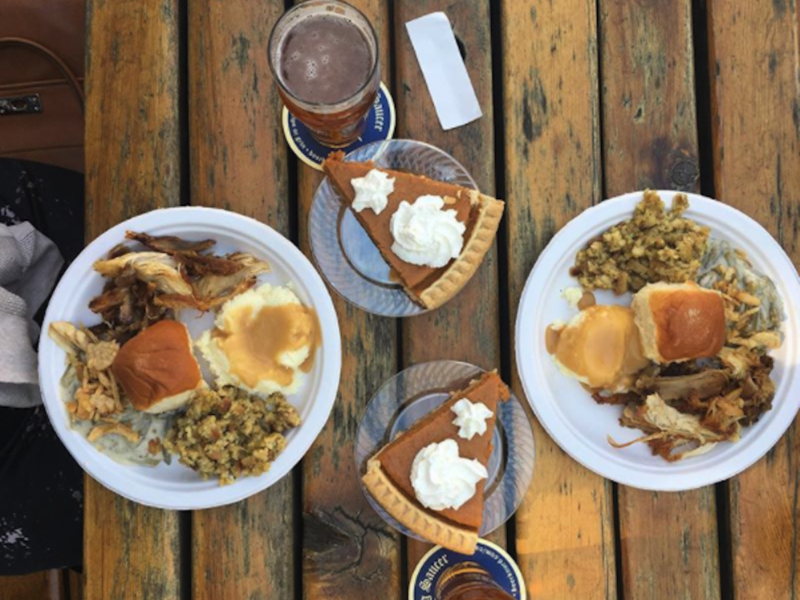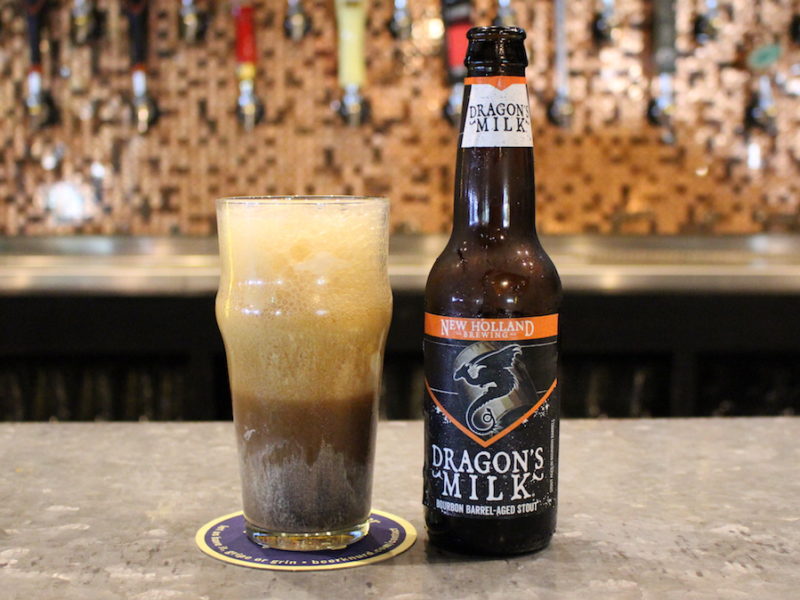Oktoberfest. The word alone conjures images of lederhosen, dirndls, accordions, pretzels and face-sized beer steins overflowing with sweet, malty nectar. But in the American craft beer heyday of in-your-face IPAs and Warhead-style sour ales, traditional German lagers don’t seem to raise the excitement meter.
In the beginning, Oktoberfest was all about horses, not beer. To celebrate the marriage of Crown Prince Ludwig to Princess Therese of Saxony-Hildburghausen in October of 1810, the citizens of Munich attended a series of extravagant horse races at the city gates. More and more traditions were added during the subsequent years until, in 1896, the small beer stands were replaced by the oversized beer tents and halls that we associate with the festival today.
So what’s on the menu? Traditionally speaking, it’s Marzen, an amber-gold lager that clocks in at around 6% ABV. According to Austin Engel, an official Oktoberfest guide in Munich, this style was served at the royal wedding and chosen as a way to get rid of all the lager that had been cellaring during the hot summer. While this is still the unofficial drink of Oktoberfest, today’s Marzen beers are lighter in color and body than they used to be.
At Munich’s Oktoberfest, you don’t have many options outside this style. “In most cases, your only option is the festbier, or mixing the festbier with sprite (a radler),” says Engel. The only breweries allowed to sponsor tents on the main festival grounds are the “Munich 6”—Hacker-Pschorr, Lowenbrau, Spaten, Hofbrauhaus, Augustiner and Paulaner—and they all serve Marzen brewed specially for the fest.
Elsewhere in the world, rules regarding what can and can’t be served are far less strict. And for many people, that comes as a relief.
“The original Oktoberfest beer was dark brown, full-bodied and slightly bitter,” says Fritz Rahr, founder of Rahr & Sons Brewing Co. in Fort Worth. But, he says, this style has gradually fallen from prominence and now shares the spotlight with lighter Bavarian pale lagers and Helles style beers at festivals around the world. “Your beer options are minimal,” he adds, “but I do remember finding German-style hefeweizens and dunkel-style beers as well.”
So if you’re looking for something outside the Oktoberfest box this fall, here are a few tasty brews that will let you feel the spirit of Munich without tarnishing your beer cred. What will you be drinking?
What to drink at Oktoberfest (that’s not a Märzen or Oktoberfest)
Thanks to a mixture of imported German malt and whole-flower European hops, Prima lives up to its name, which is a German exclamation of joy. Sip on this one year round.
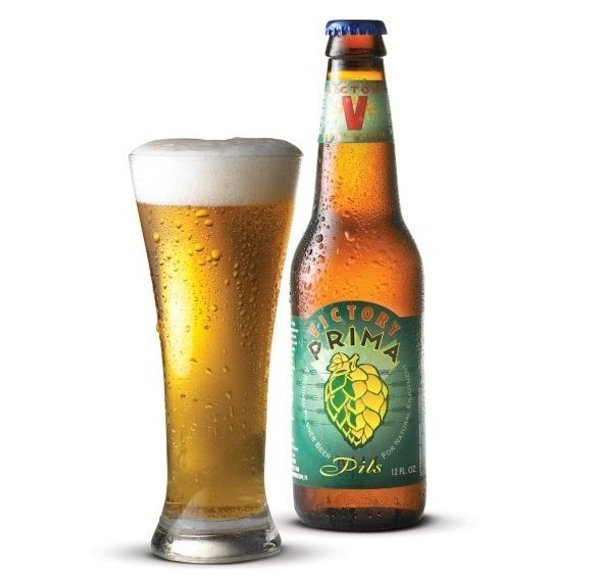
Image source: Victory Beer Facebook
The brewers describe this tasty Bavarian brew as “untamed, raw and alive.” In order to showcase the unique characteristics of its yeast, it is brewed using open fermentation tanks, a traditional technique not often seen these days. Also available year round.

Image source: Sierra Nevada Facebook
With a GABF medal lineup that reads like a who’s who of Deutschland bier (16, but who’s counting?), Penn is renowned for solid German-style beers. This one is malty and rich with toasty, bready qualities that are perfect for fall imbibing.

Image source: Penn Brewery Facebook
This fun-to-pronounce Bavarian-style lager is part of UCBC’s Reverence Series, which pays homage to traditional European styles. It’s unfiltered, unpasteurized and unpretentious to the core.
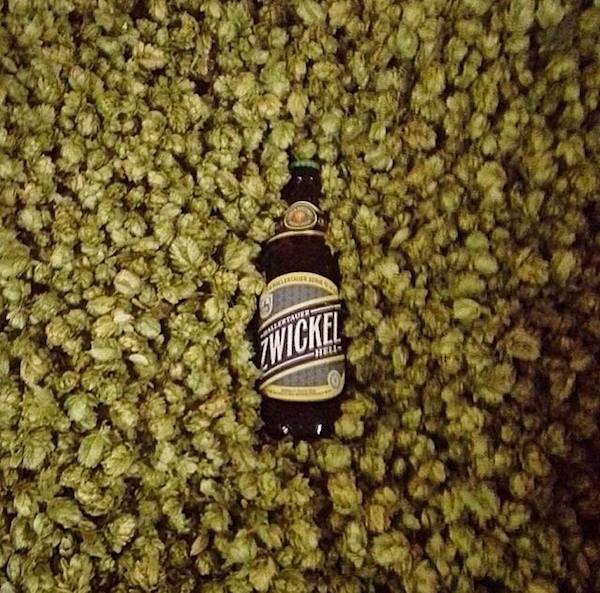
Image source: Urban Chestnut Brewing Co Facebook
Arguably one of the finer additions to the Denver beer scene, Prost brews only German-style beers using all German ingredients and processes. The result? This dark amber lager with a distinctively rich and malty flavor that comes from decoction mashing. Cheers.

Image source: Prost Brewing Company Facebook
This small Austin brewery gets major props for insisting on Old World brewing techniques and classic, uncomplicated German styles (no barrel-aged, triple IPAs here). The result is a refreshing, effervescent brew that’s easily one of the best hefeweizens in the South.
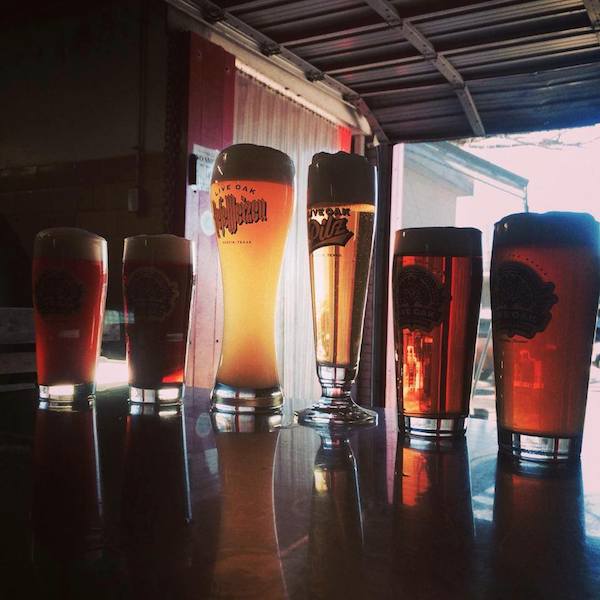
Image source: Live Oak Brewing Company Facebook
As one of the few American breweries to survive Prohibition, Schell has made history and continued to pay homage to it. Many of the brewers here travel to Germany for their brewing education, and the rest of us are rewarded with tasty traditional brews like this hearty Vienna lager. A 2014 World Beer Cup gold medal winner!







